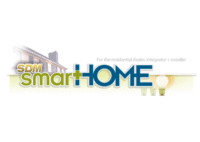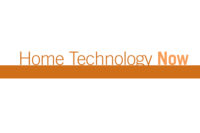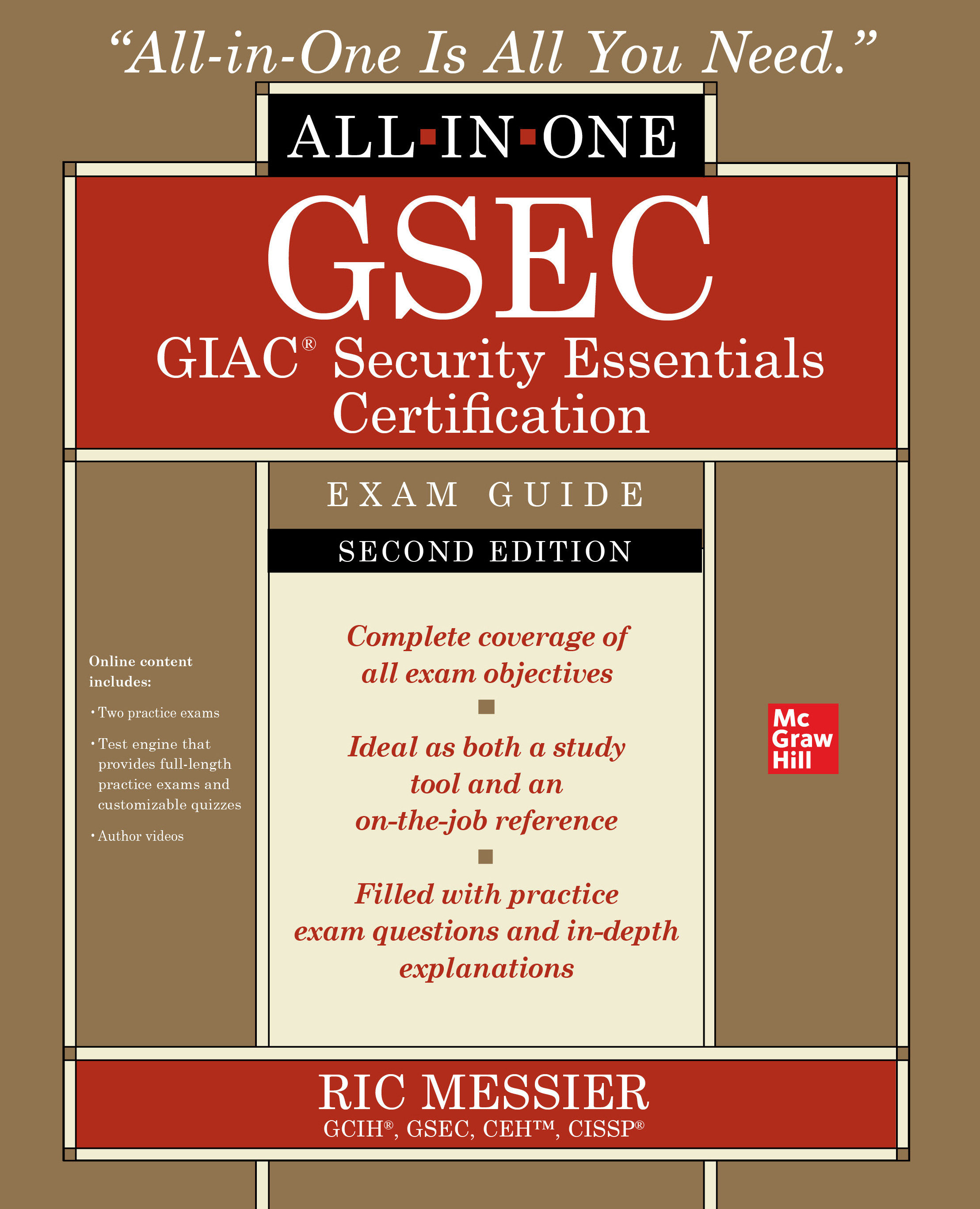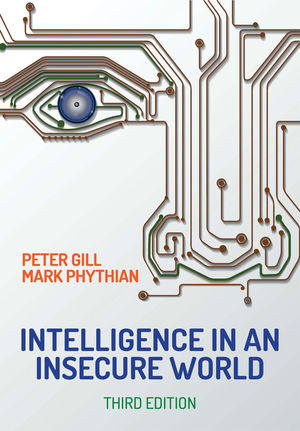
|
|
Contributed by the Custom Electronic Design & Installation Association. To learn more about CEDIA membership visit www.cedia.org/join. |
It is hard to deny the huge impact that mobile devices (tablets and touch-screen phones) have made on the consumer electronics business. As well as being probably the most converged personal technology devices ever, they are changing the way that we look at the touch points (user interfaces) of a system. There is much talk that these devices can replace the traditional remote control and although compelling, electronic systems contractors should observe caution and consider the following:
A tablet is not a control system. It is merely a user interface that is only as good as the control system behind it.
Systems that use mobile devices as the user interface exist at many levels of functionality, price and customization. At one end of the spectrum, the tablet can replace a $4,500 touchscreen from a control system manufacturer. You still will need all of your integration and programming skills to implement the system, as the rest of the control system still exists in its entirety. At the other end of the spectrum, the ubiquity of applications is changing the way we think of control. It seems that daily, a new app is released that allows us to control a device or system from a mobile device. Though easy and inexpensive, be aware that this type of control does not allow much or any intelligence in a system, as communication between subsystems (for example, when the security alarm goes off, all of the lights in a home flash) is highly limited.
Design and implement a robust wireless environment. Any control system that uses wireless panels is only as good as the wireless network supporting it. For a single room solution, do not necessarily rely on the signal strength from a wireless router located somewhere else in the home; look at having a local access point to the panel. For a whole house control system, it is worth looking at systems that use a wireless controller. These systems make the wireless network look like one big single access point and allow seamless roaming between areas in the home whilst maintaining signal strength and throughput. As ever, always ensure that your wireless networks are secure.
People still like buttons. Touch screens are wonderful for graphically rich control of multimedia environments. They are, however, probably not the best solution for turning the lights on, channel flicking or fast, reliable access to a mute button. Consider always leaving your client with a simple remote control that uses hard buttons as the best solution for “channel surfing” applications. While there are some very neat in-wall docking solutions for tablets, these are not the best solution for a light switch by a door; having an unambiguously labeled simple hard button is still the only choice for a light switch.
Manage power. Bright, full-color 10-inch tablets are power-hungry devices. There will always be a balance between the usability that comes from a tablet never going “to sleep,” and the extended battery life that comes from allowing it to do so. Always allow your client fast access to control — this means setting the panel to never “auto lock.”
There are increasingly larger selections of aesthetically acceptable docking stations for tablets that will ensure they are kept charged and ready for instant use.
Tablets are here to stay and as an industry we need to embrace this idea and become the experts in extending their functionality to whole house control. Rather than taking away our profit they should be viewed as an opportunity to either up-sell other parts of the system, or bring whole house control to a new, potentially lucrative, client base.
Your clients are asking for this stuff, so learn more and turn this into a potentially highly profitable opportunity. CEDIA recently released the first white paper in a series on mobile device integration. This white paper focuses on why an electronic systems contractor business needs an enterprise-grade wireless infrastructure strategy. The new white paper is available free of charge for CEDIA members and $9.99 for non-members at www.cedia.org/marketplace. Additional white papers on this topic will be released throughout 2012.










